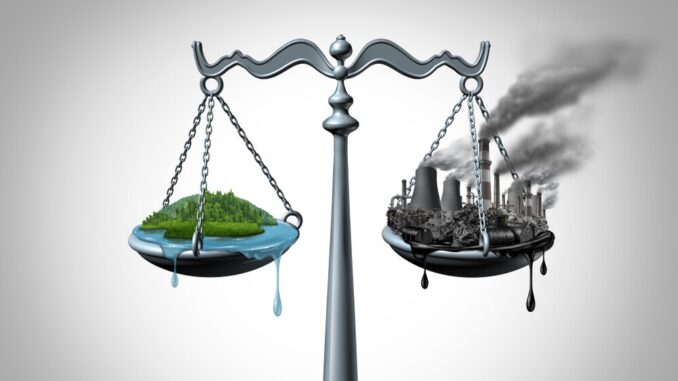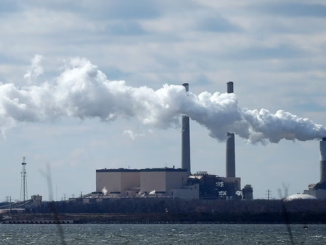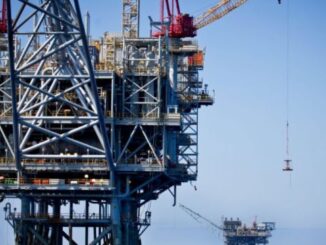
The global oil industry is grappling with a complex set of pressures weighing on oil markets as major producers try to navigate an increasingly rocky energy transition that is picking up steam. Benchmark Brent prices have been unable to rise above $80 per barrel — a level needed to balance budgets in many producing states — despite repeated interventions by Opec-plus members. A combination of sticky supply and a clouded demand picture are not convincing enough to jolt a market that is overwhelmed by negative sentiment. Transition discussions are becoming more heated ahead of COP28 as the need to cut emissions quickly collides with the need to extend access to affordable energy.
Support for lowering emissions is universal, but officials from top energy producers, including Western oil majors and national oil companies, shunned any notion of near-term reductions in fossil fuel production at a recent industry forum. Executives and ministers from less developed nations said Western transition plans that limit their ability to develop hydrocarbons were inherently unfair, even as European diplomats pushed current decarbonization policies. COP28 President Sultan al-Jaber, the head of Abu Dhabi National Oil Co., in a speech cited scientific consensus showing that the world has just seven years to cut emissions in half, a reduction inconsistent with the amount of fossil fuels in the current energy system. Simon Stihl, head of the UN Climate Change Secretariat, labeled the push to continue robust fossil fuel production “irresponsible,” drawing rebukes from some. “The point here is we cannot envisage a net-zero future where there is protection of the atmosphere … with certain segments left so far behind, and there is such abject poverty,” Petronas CEO Tengku Taufik said.
Oil demand continues to recover from the pandemic and grow, but concerns about the global economy — and especially the pace of expansion in China — loom large. Hopeful executives believe continued increases in jet traffic in China will push oil markets further into deficit. But everyone — including frustrated oil ministers — agrees that markets are not interested in the balances and are instead trading on economic sentiment that is tepid at best. In the longer term, the pressures on demand are mounting due to growing sales of electric vehicles but also changes in consumer behavior. Twenty years ago, estimates for 2030 oil demand ranged as high as 120 million barrels per day, while today they are more like 105 to 110 million b/d, Aramco CEO Amin Nasser said. Still, he noted that “growth is still there.” One banker said Opec was less concerned last year when benchmark prices ran ahead of slack balances on anticipation that Russian production would collapse under the weight of sanctions. “I think we have to look at the consumer habits to find the mysterious reason why demand is going up and prices stick,” Petrobas CEO Jean Paul Prates told Energy Intelligence.
Ministers and executives continue to say the oil and gas industry needs more investment to avoid a supply crunch, but some analysts counter that improved capital efficiency nullifies this argument. United Arab Emirates Energy Minister Suhail Mazrouei said he was most scared not about flagging demand but flagging supply, as Western energy firms and banks look to meet net-zero pledges. But supply strength has been an underappreciated factor weighing on markets, and recent voluntary production cuts by Opec-plus members are helping rebuild the low spare capacity figures that were driving bullish outlooks earlier this year. Energy Intelligence estimates that non-Opec supply will grow at 1.6 million b/d this year, covering almost 85% of an estimated 1.9 million b/d in expected 2023 demand growth and sees the potential for similar demand coverage from non-Opec supply growth into 2025. “Cost savings mean operators can produce the same amount of oil at a lower cost, and we don’t foresee an oil supply crisis due to underinvestment on the immediate horizon,” says Espen Erlingsen, head of upstream research at Rystad Energy. Energy Intelligence sees Opec spare capacity at close to 4 million b/d, providing a cushion against the possibility of a stronger-than-expected economy pushing prices up to the triple digits that many banks predicted just six months ago.
Source: Energy Intelligence



